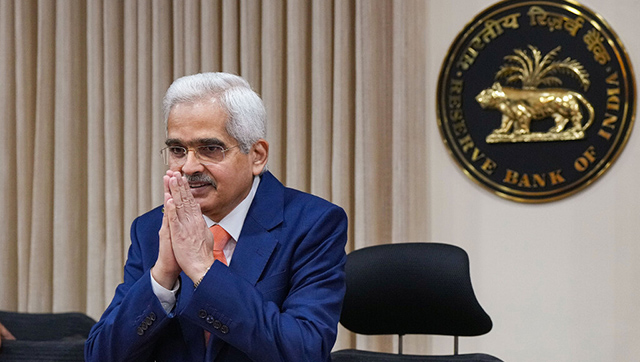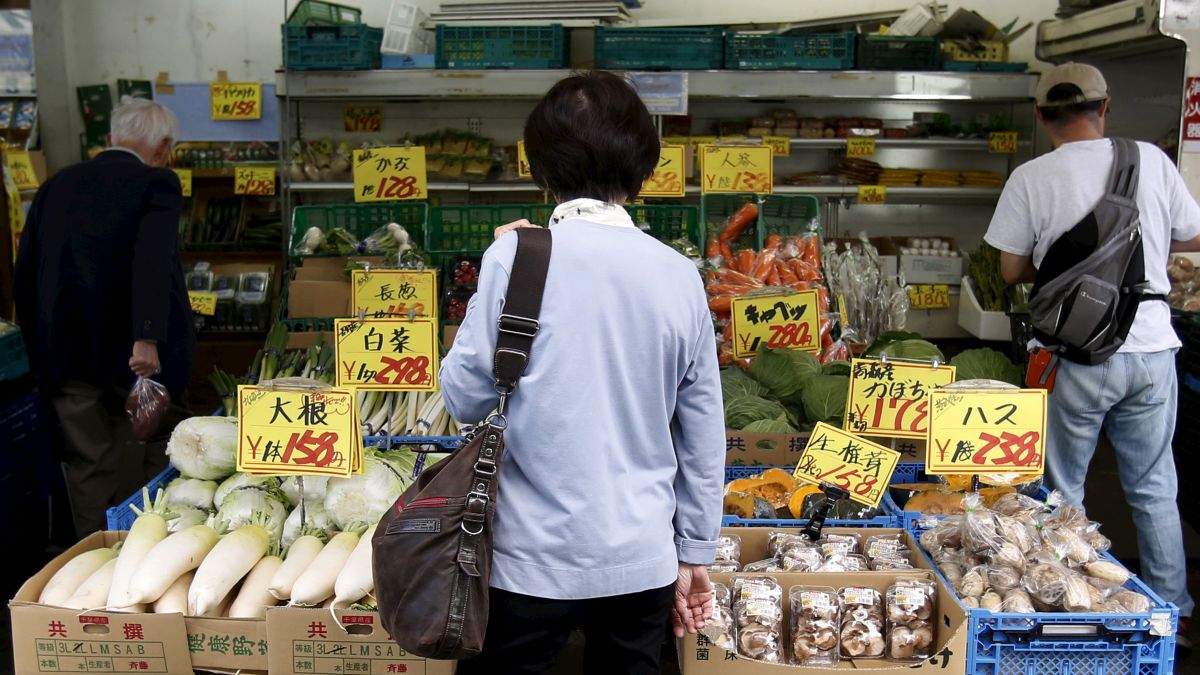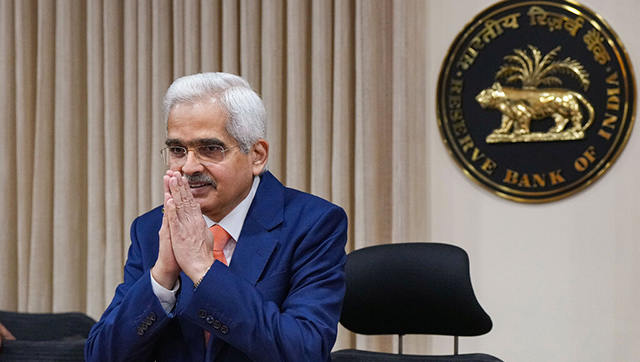Mumbai: The Reserve Bank today said key fiscal deficit indicators have worsened during the current financial year on account of rising subsidies, which has inflationary implications.
“The central government’s key deficit indicators worsened during 2011-12 (April-October), primarily on account of a decline in revenue receipts and increase in expenditure, particularly subsidies… The likely slippage in this year’s deficit has inflationary implications,” said the RBI in its mid-quarter review of the monetary policy.
In the Budget, the government had proposed to bring down the fiscal deficit in 2011-12 to 4.6 percent of the GDP from 4.7 percent in the previous year. The task, however, appears difficult in view of the rising subsidy bill and the
government’s inability to raise funds from divestment of equity in state-owned companies.
Finance Minister Pranab Mukherjee recently indicated that the subsidy bill during the current fiscal will exceed the target by Rs 1 lakh crore and maintaining the fiscal deficit at 4.6 percent of the GDP will be a “challenge”.
According to the RBI, “The fiscal deficit at 74.4 percent of the budgeted estimate in the first seven months of 2011-12 was significantly higher than 42.6 percent in the corresponding period last year (about 61.2 percent if
adjusted for more than budgeted spectrum proceeds received last year).”
The rising fiscal deficit, it added, could have implications for inflation, which is still close to the double-digit mark. Headline inflation was recorded at 9.11 percent in November, though food inflation declined to a four-year low of 4.35 percent.
In view of the moderation in growth and the declining trend in inflation, the RBI kept the key rates and policy ratios unchanged.
The central bank maintained the repo (short-term lending) rate at 8.5 percent and reverse repo (short-term borrowing) rate 7.5 percent in its policy review today.
The halt in the RBI’s monetary tightening strategy comes after 13 hikes since March, 2010.
The RBI has also decided to retain the cash reserve ratio (CRR), the amount banks need to park with the RBI, at 6 percent. The industry was expecting a marginal cut in the CRR to induce liquidity in the system and promote investment.
“I cannot really speculate on when we might start cutting rates…,” RBI Governor D Subbarao said on the sidelines of an event.
The RBI will make an assessment of growth and inflation projections for 2011-12 at its third quarter review next month, the policy statement said.
PTI


)




)
)
)
)
)
)
)
)